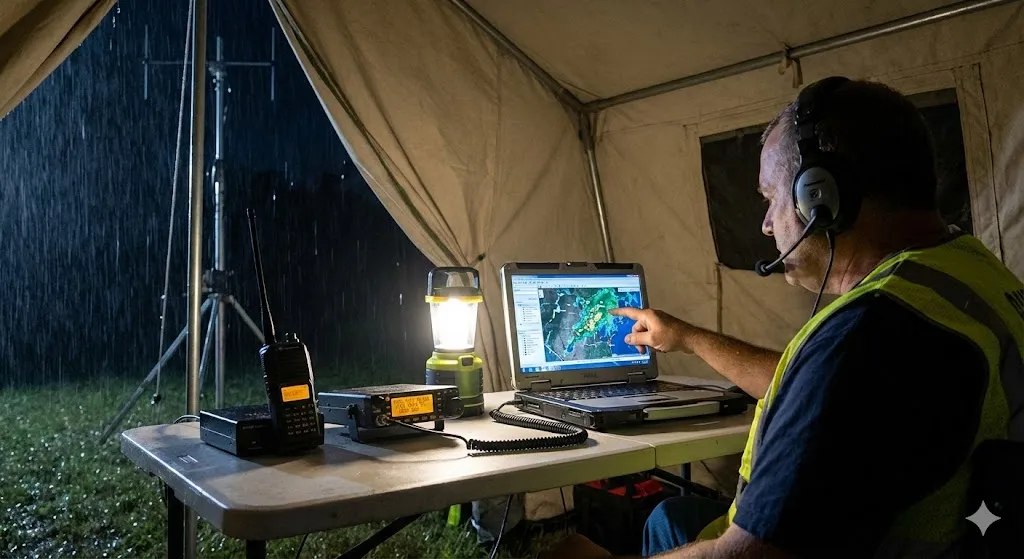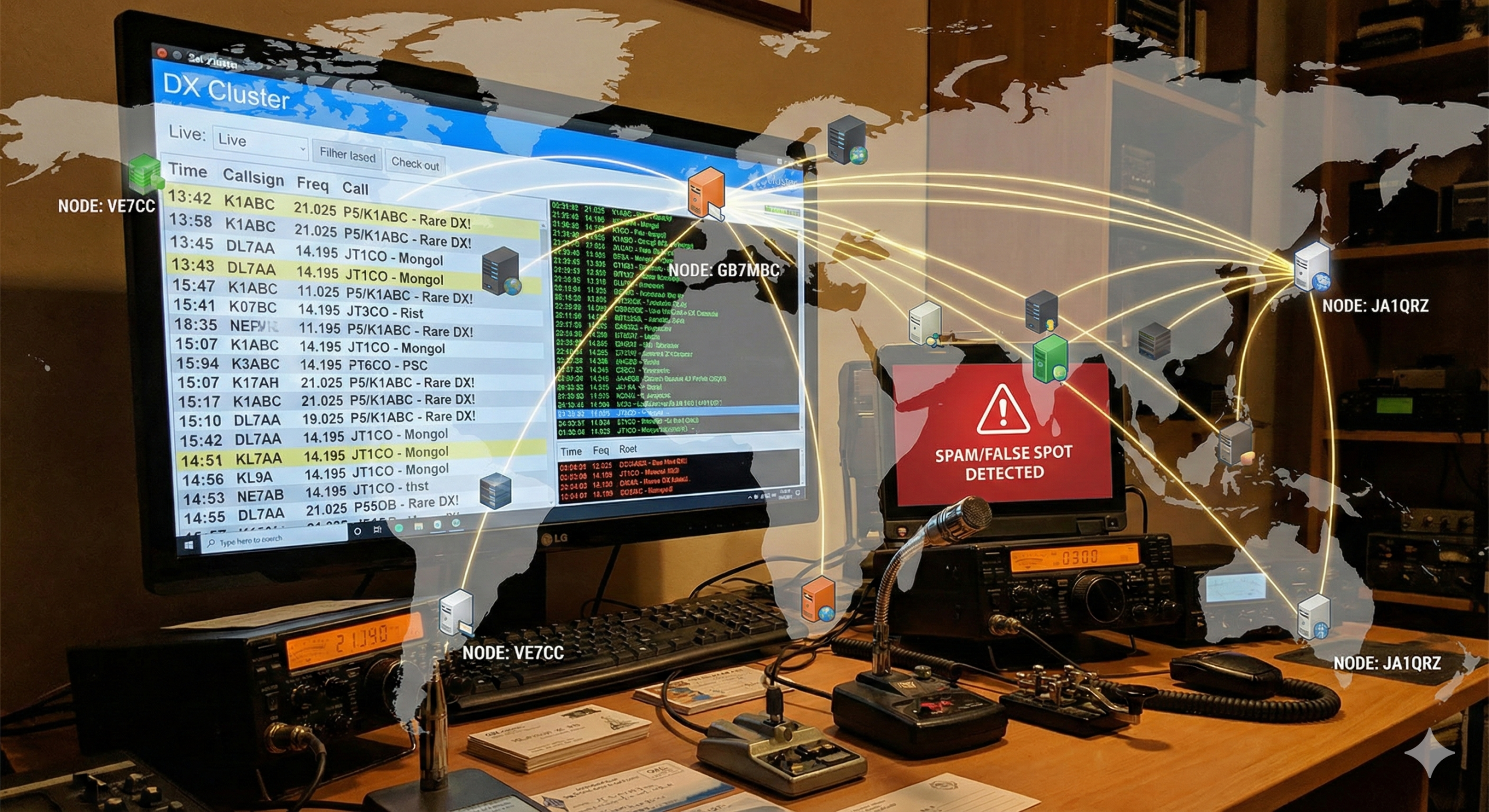Amateur Radio DIY Culture: A History and Look to the Future
Amateur radio has a long and rich history of DIY culture. From the early days of radio, hams have been building their own equipment, experimenting with new technologies, and sharing their knowledge with others.
History
The DIY culture in amateur radio can be traced back to the very beginnings of the hobby. In the early 1900s, when amateur radio was still in its infancy, hams had to build their own equipment because there were no commercial products available. This required a great deal of skill and ingenuity, and it helped to foster a spirit of experimentation and innovation within the hobby.
As amateur radio grew in popularity, commercial manufacturers began to produce equipment for hams. However, many hams continued to build their own equipment, either because they enjoyed the challenge or because they wanted to customize their equipment to their own specific needs.
In the 1970s and 1980s, the DIY culture in amateur radio was boosted by the advent of personal computers. Hams began to use computers to design and build their own equipment, and they also began to share their designs with others online. This led to a proliferation of new and innovative amateur radio projects.
Past and Future
The DIY culture in amateur radio continues to thrive today. Hams are still building their own equipment, experimenting with new technologies, and sharing their knowledge with others. However, the DIY culture is also evolving to meet the changing needs of hams.
In the past, many hams built their own equipment because they had to. Today, hams have access to a wide range of commercial products, so they are more likely to build their own equipment for the fun of it or to customize it to their own specific needs.
The future of the DIY culture in amateur radio is bright. As new technologies emerge, hams will continue to find new and innovative ways to use them in their hobby. And as hams continue to share their knowledge and designs with others, the DIY culture will continue to thrive.
Impact
The DIY culture in amateur radio has had a profound impact on the hobby. It has helped to foster a spirit of experimentation and innovation, and it has led to the development of new and innovative amateur radio technologies.
The DIY culture has also helped to make amateur radio more accessible to people of all ages and backgrounds. By building their own equipment, hams can save money and they can also learn more about how amateur radio works.
The DIY culture is an important part of amateur radio, and it is likely to continue to thrive for many years to come.
Conclusion
The DIY culture in amateur radio is a long and rich tradition that has helped to shape the hobby. Hams have always been willing to experiment and innovate, and they have always been willing to share their knowledge with others. This spirit of DIY is what makes amateur radio such a vibrant and exciting hobby.






Post Comment